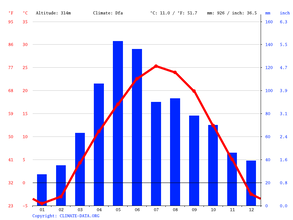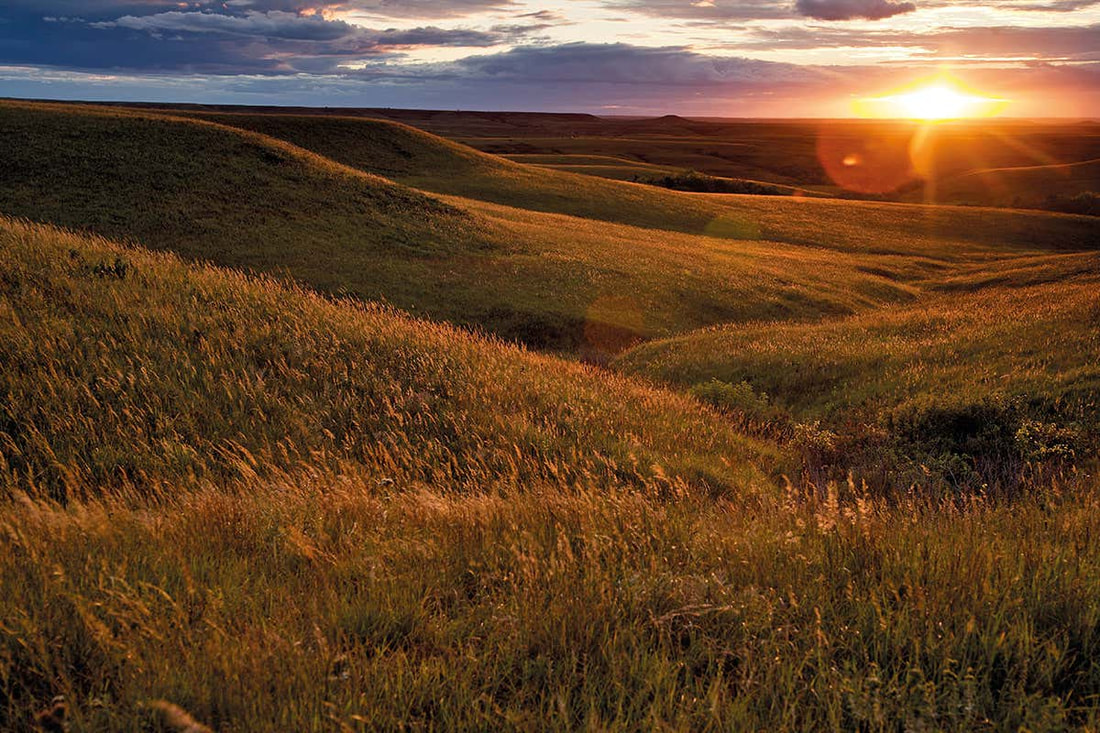| Guiding Inquiry: What is the significance of temperature, precipitation, and altitude in helping to determine the climate characteristics of a region? (3.2.a) Guiding Thought Question: How would you explain the climate of Omaha to someone who has never been here before? For spring, summer, fall, and winter write generally what someone could expect for temperature and precipitation patterns for each of the seasons. Today's Learning Objective: Students will investigate the Koppen Climate Classification system and how it is used to group areas into regions based on their physical characteristics by going through guided instruction on the system and then creating and interpreting a climograph. |
|
8 Comments
Guiding Inquiry: How does a place's location on the planet affect the climate conditions it will experience throughout the year? (3.1.b)
Guiding Thought Question: Explain the Absolute and Relative location of a place you'd like to go someday without saying the name of it. Relative Location: The location as described by the general area where it is, as well as what is around it (ex. Nebraska is in the middle of the United States, surrounded by Iowa, South Dakota, Wyoming, Colorado, Kansas, and Missouri) Absolute Location: A specific indicator of where something is located, usually communicated as an address or Latitude and Longitude (ex. the Education center at the Omaha Henry Doorly Zoo is located at 3701 S. 10th Street, Omaha, NE, 68107 or 41.267324 North and -95.919587 West) *To look up coordinates use Latlong.net Today's Learning Objective: Students will examine the effect the sun's energy has on seasonal variations, and the effect that a place's location will have on the amount of solar insolation it receives throughout the course of the year by completing a map lab and reviewing concepts through direct instruction. |
Ecological Biogeography ForumWelcome to the Forum! Here is where you will be answering your daily warm-up questions. Please do not enter your last name for privacy reasons, and you may use a nickname if you would like (Just make sure Mr. Tredinnick is aware of the nickname you are using). Write out thoughtful responses to the forums on the days they are assigned. If you miss a day please take it upon yourself to complete the Forum you missed. Each Forum has the targeted Learning Objective(s) there so you can see what the focus of the day's class will be. Archives
March 2022
Categories |



 RSS Feed
RSS Feed
